Smart pedestrian crossing initiative gathers momentum in London
London Mayor Boris Johnson has welcomed the smart technology programme, which aims to ease congestion and increase road safety.
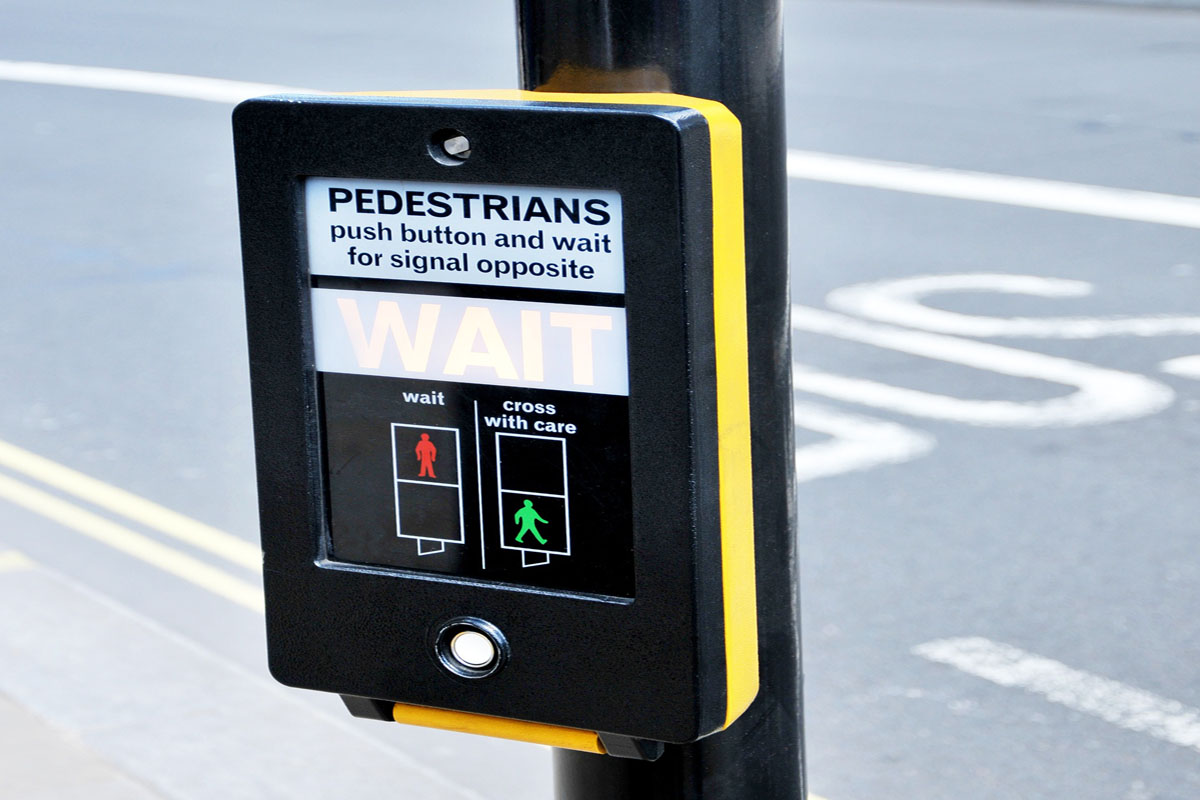
Smart crossings are coming to Balham and Tooting Bec as part of a TfL initaitive designed to ease road congestion and ensure pedestrians, cyclists and drivers can move about London more easily.
Trials of the smart pedestrian crossings - or to give them their proper name, Split Cycle Offset Optimisation Technique (SCOOT) - will run from this summer until the end of the year.
Innovation like this is key to keeping London moving efficiently and making our roads safer for everyone to use.
The idea to use smart technoogy to reduce congestion and increase safety was conceived following the influx of people in London during the 2012 Olympics.
The system uses "stereoscopic vision technology" to track pedestrians within specific zones and control traffic signals. SCOOT determines which group of pedestrians should cross next by calculating how many people and waiting and how long they've waited there.
If a large number of pedestrians are crossing the street, the system can increase the crossing time. It cannot decrease the minimum crossing time. There's also an intelligent 'call cancel' function that can determine whether a pedestrian has abandoned plans to cross the road or crossed before the green light to do so.
"I am delighted that London is the first city in the world to be trialling this cutting-edge equipment, which will benefit pedestrians across the city. This really is a fantastic example of how London is leading the way by using 21st century technology to help make it easier for people to get around our great city," said Mayor of London, Boris Johnson.
"Innovation like this is key to keeping London moving efficiently and making our roads safer for everyone to use."
Get the ITPro daily newsletter
Sign up today and you will receive a free copy of our Future Focus 2025 report - the leading guidance on AI, cybersecurity and other IT challenges as per 700+ senior executives
The technology may be implemented throughout London if successful in its initial trials. Some 550 crossings at 200 locations spread across 30 London boroughs have been equipped with the Pedestrian Countdown technology. Installation and maintenance costs of the system have not been revealed as of yet.
SCOOT will also not record data on specific people.
Johnson and TfL hope the effort will reduce the deaths and injuries at the busy crossings, as the area around Balham and Tooting Bec has proved deadly in the past. A lorry killed a pedestrian outside Balham Underground Station last January.
Tooting resident Dennis McGoldrick was hit by a number 131 bus outside Tooting Broadway Station, a stop on the same road as Tooting Bec. Tooting councillors have called the Broadway crossing "the most dangerous in Wandsworth."
The Guardian put together a map of cyclist and pedestrian casualties between 2000 and 2010 confirming the area's danger. It shows a cluster of pedestrian fatalities outside both Tooting Bec and Balham stations.
TfL, together with London boroughs, are working together on a number of initiatives with the aim of reducing the number of people killed or seriously injured on the capital's roads by 40 per cent by 2020.
"The London Road Safety Council is proud of the great work that has been done in London to reduce road casualties on our roads, but we are not complacent and recognise that more needs to be done. We welcome these innovative trials and fully support the six road safety commitments being made by Transport for London," said Councillor Val Clark, Chairman of the London Road Safety Council.
"We feel that they provide a vital focus on key areas of concern and provide a framework for strong partnerships to enable further collision and casualty savings to be made in the Capital."
-
 Cleo attack victim list grows as Hertz confirms customer data stolen
Cleo attack victim list grows as Hertz confirms customer data stolenNews Hertz has confirmed it suffered a data breach as a result of the Cleo zero-day vulnerability in late 2024, with the car rental giant warning that customer data was stolen.
By Ross Kelly
-
 Lateral moves in tech: Why leaders should support employee mobility
Lateral moves in tech: Why leaders should support employee mobilityIn-depth Encouraging staff to switch roles can have long-term benefits for skills in the tech sector
By Keri Allan
-
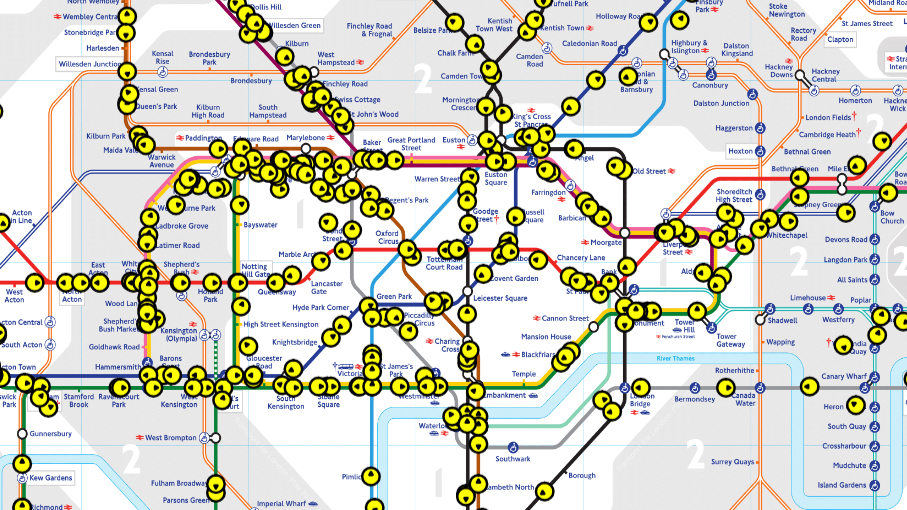 This live map of every London Underground tube train will make you appreciate open data
This live map of every London Underground tube train will make you appreciate open dataNews The mesmerising project wouldn’t be possible without TfL’s open API
By Adam Shepherd
-
 Uber's top UK exec quits
Uber's top UK exec quitsNews Jo Bertram leaves for new role, but says "current challenges" mean a change of face is necessary
By Nicole Kobie
-
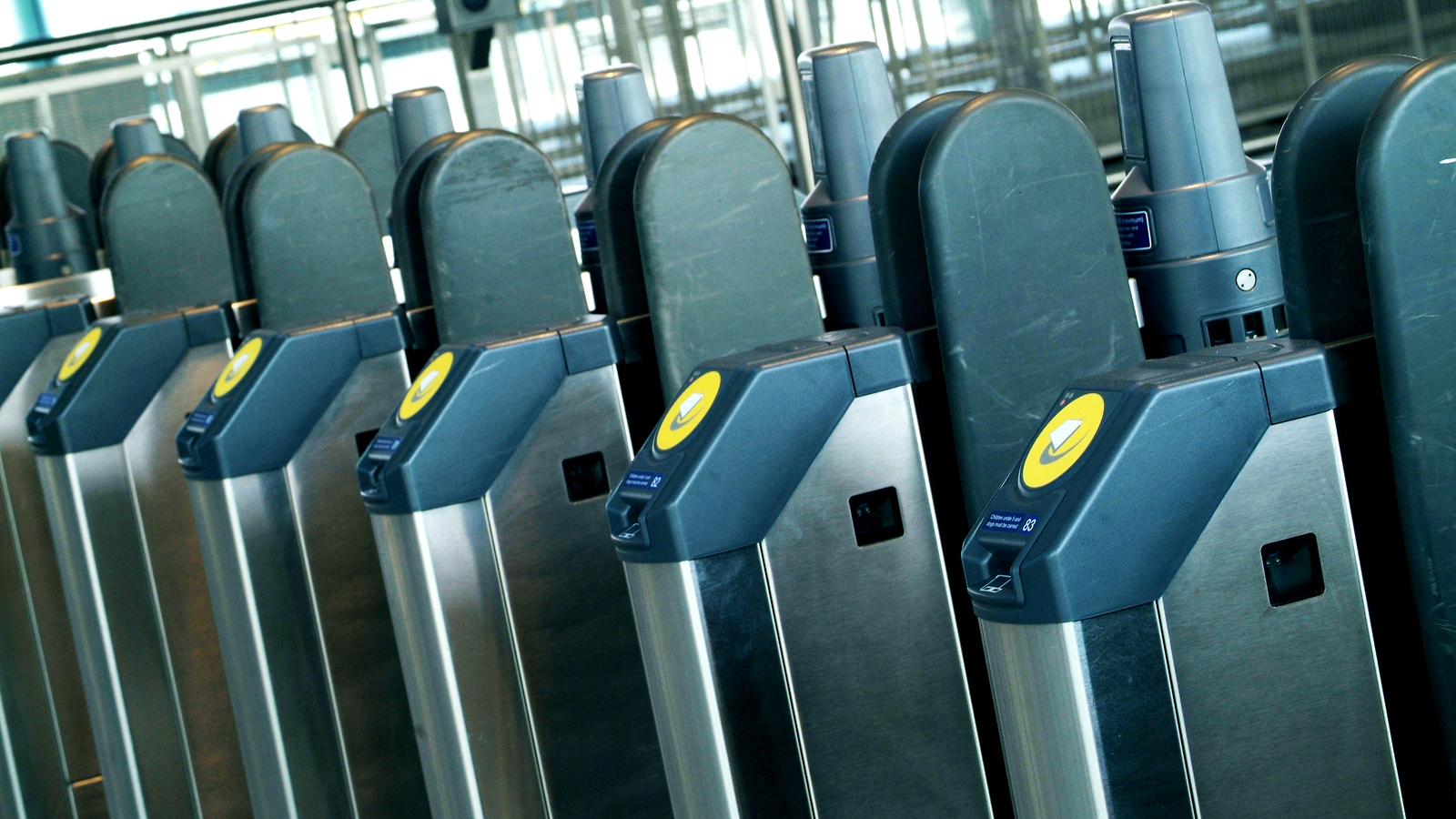 TfL passes 1 billion contactless journeys
TfL passes 1 billion contactless journeysNews Almost half of pay as you go users are opting to pay via contactless technology
By Clare Hopping
-
 TfL hopes to ease traffic with crowdsourced data
TfL hopes to ease traffic with crowdsourced dataNews The organisation has teamed up with Waze to offer real-time information about traffic congestion
By Clare Hopping
-
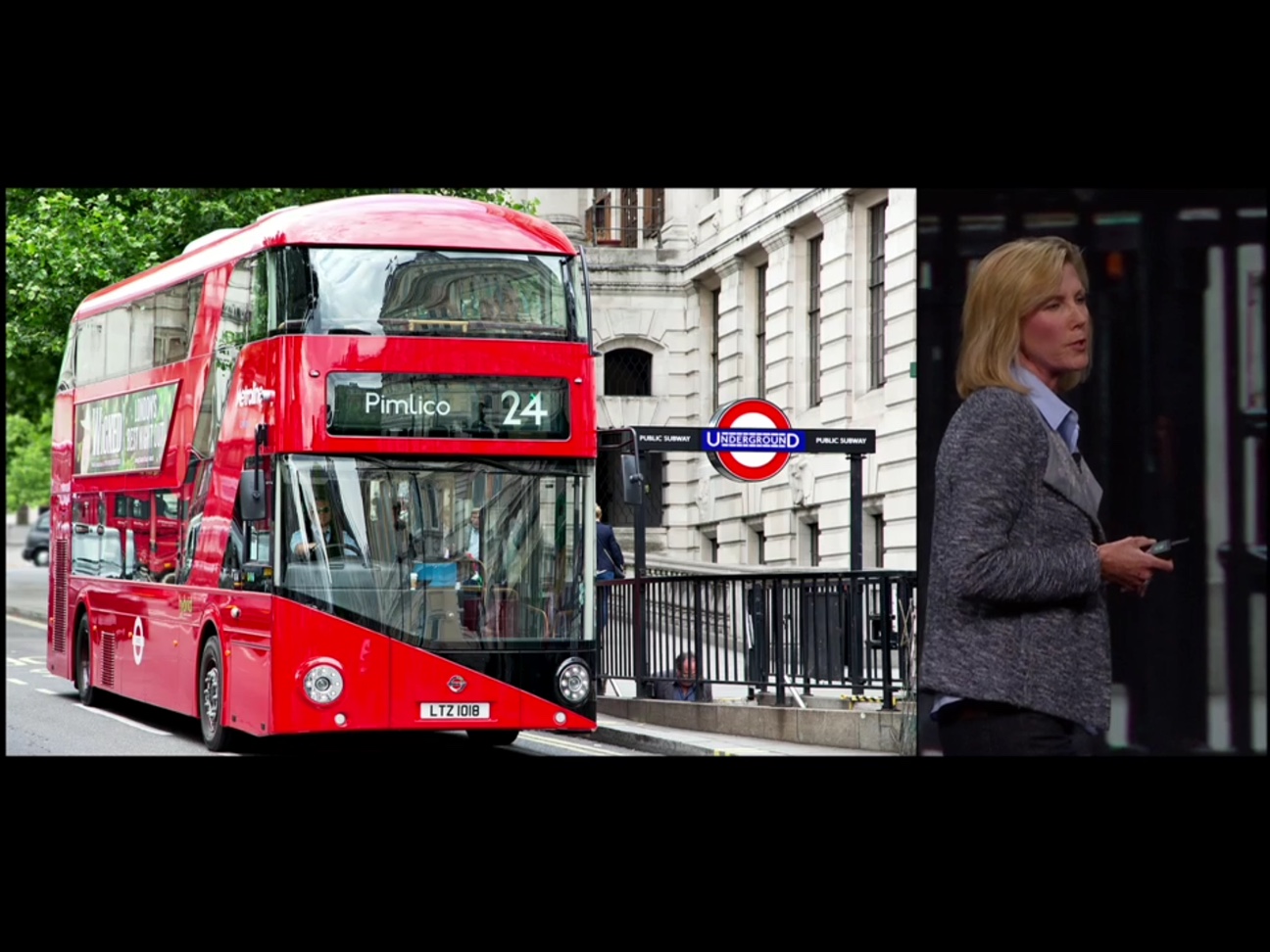 TfL implements e-paper bus stop signage
TfL implements e-paper bus stop signageNews The signs will show real-time scheduling of buses rather than the digital info seen on some stops
By Clare Hopping
-
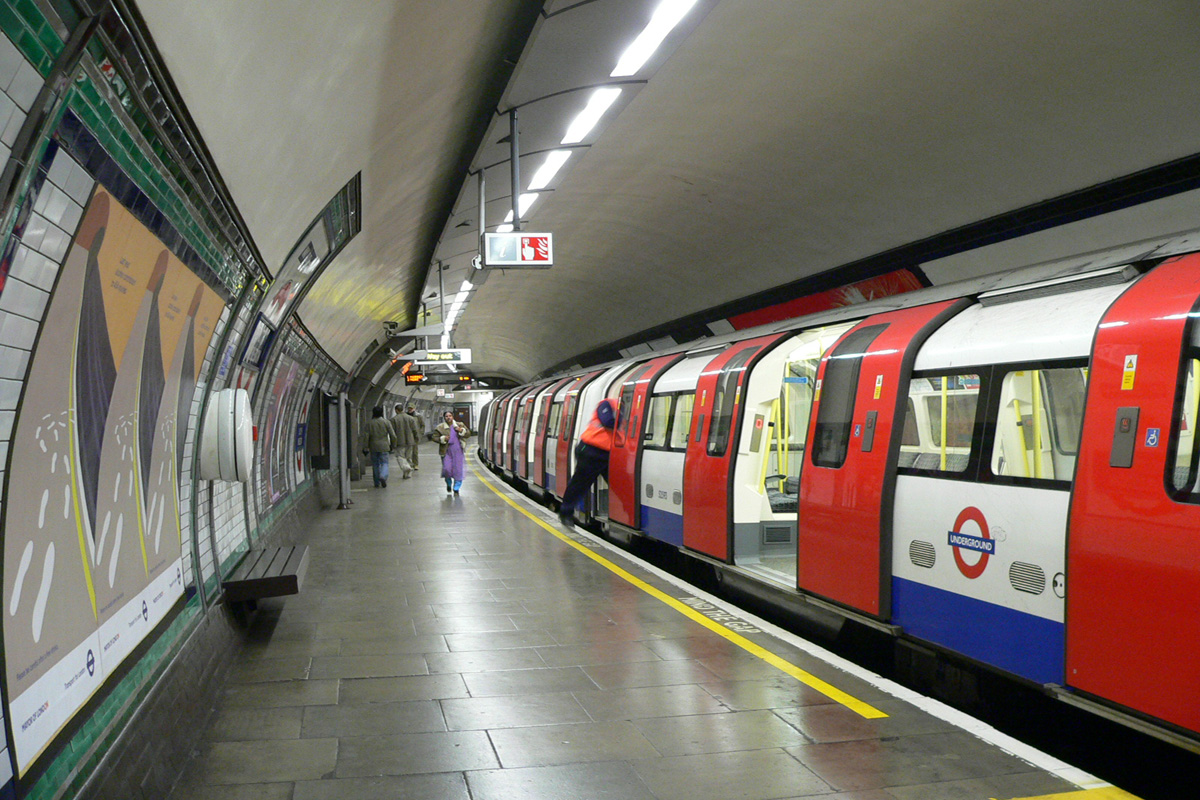 TfL pays Atos £6m as part of move to a SIAM model
TfL pays Atos £6m as part of move to a SIAM modelNews Transport body impressed with outsourcer’s experience in handling service desk operations
By Joe Curtis
-
 Amazon teams up with Post Office for online deliveries
Amazon teams up with Post Office for online deliveriesNews Argos also bringing click and collect to underground stations
By Rene Millman
-
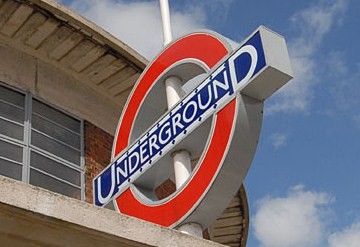 TfL brings contactless payments to London's tube network
TfL brings contactless payments to London's tube networkNews Following trials on buses, you can now use your contactless payment cards on London Underground and Overground lines
By Clare Hopping